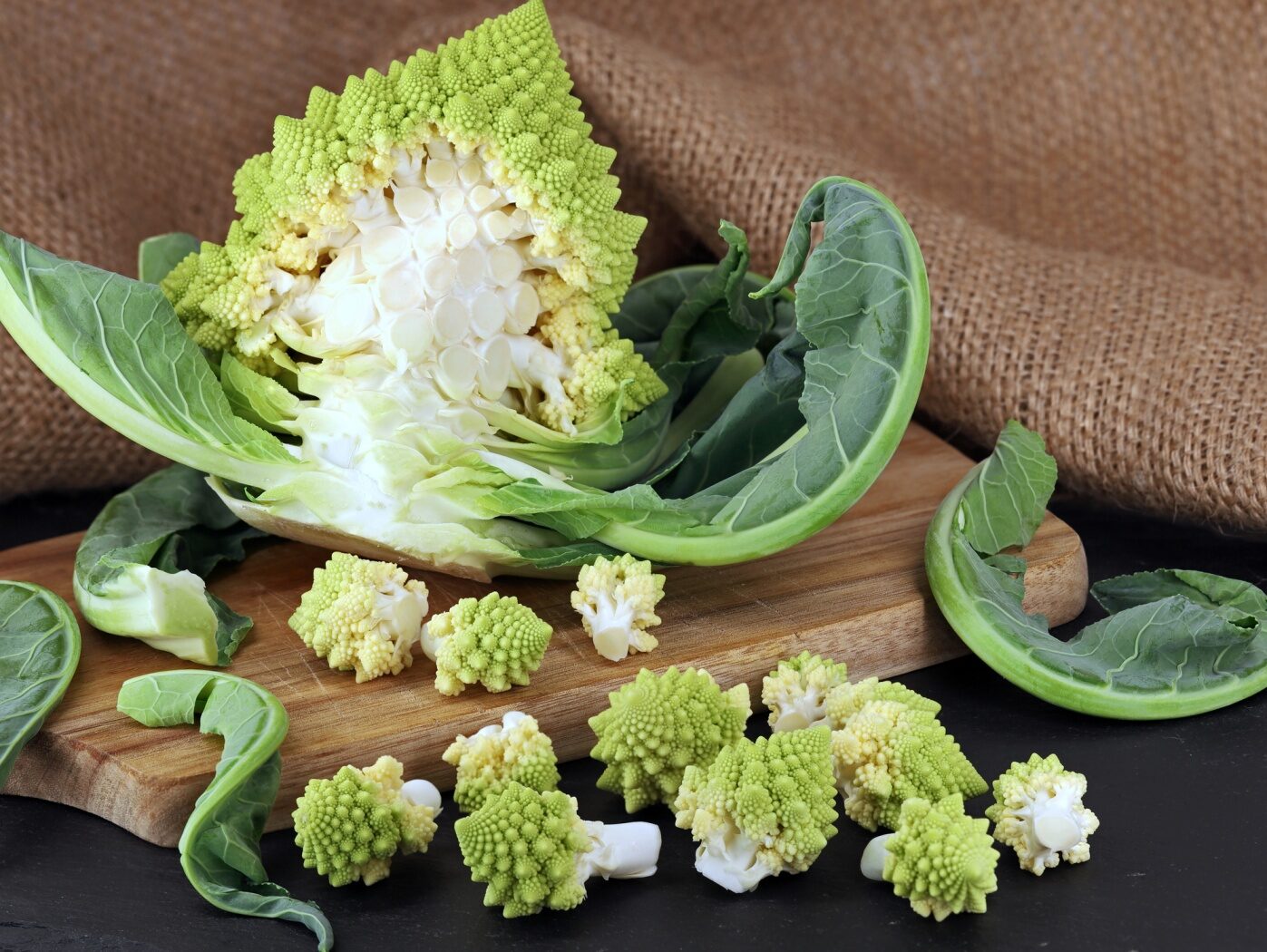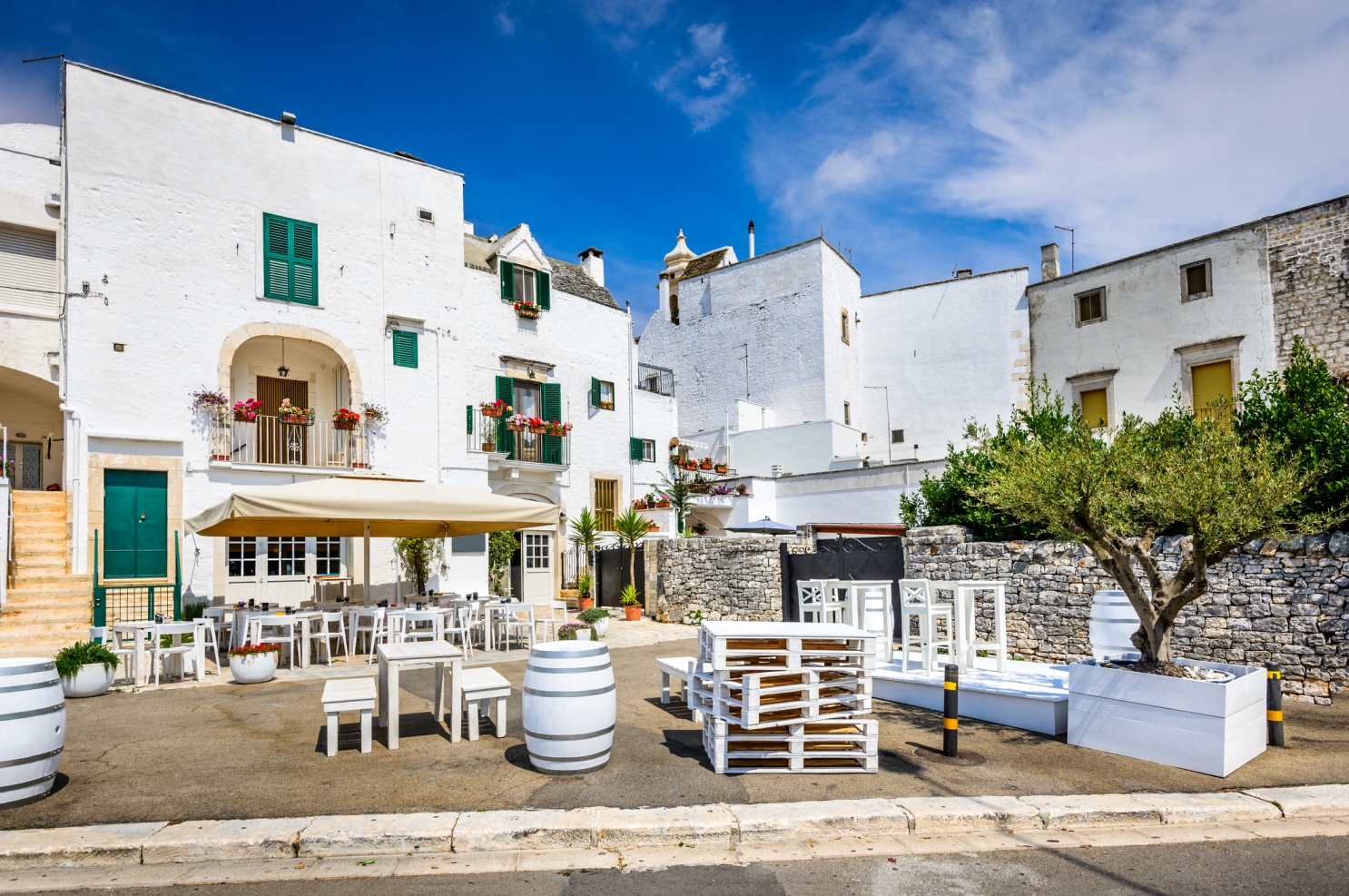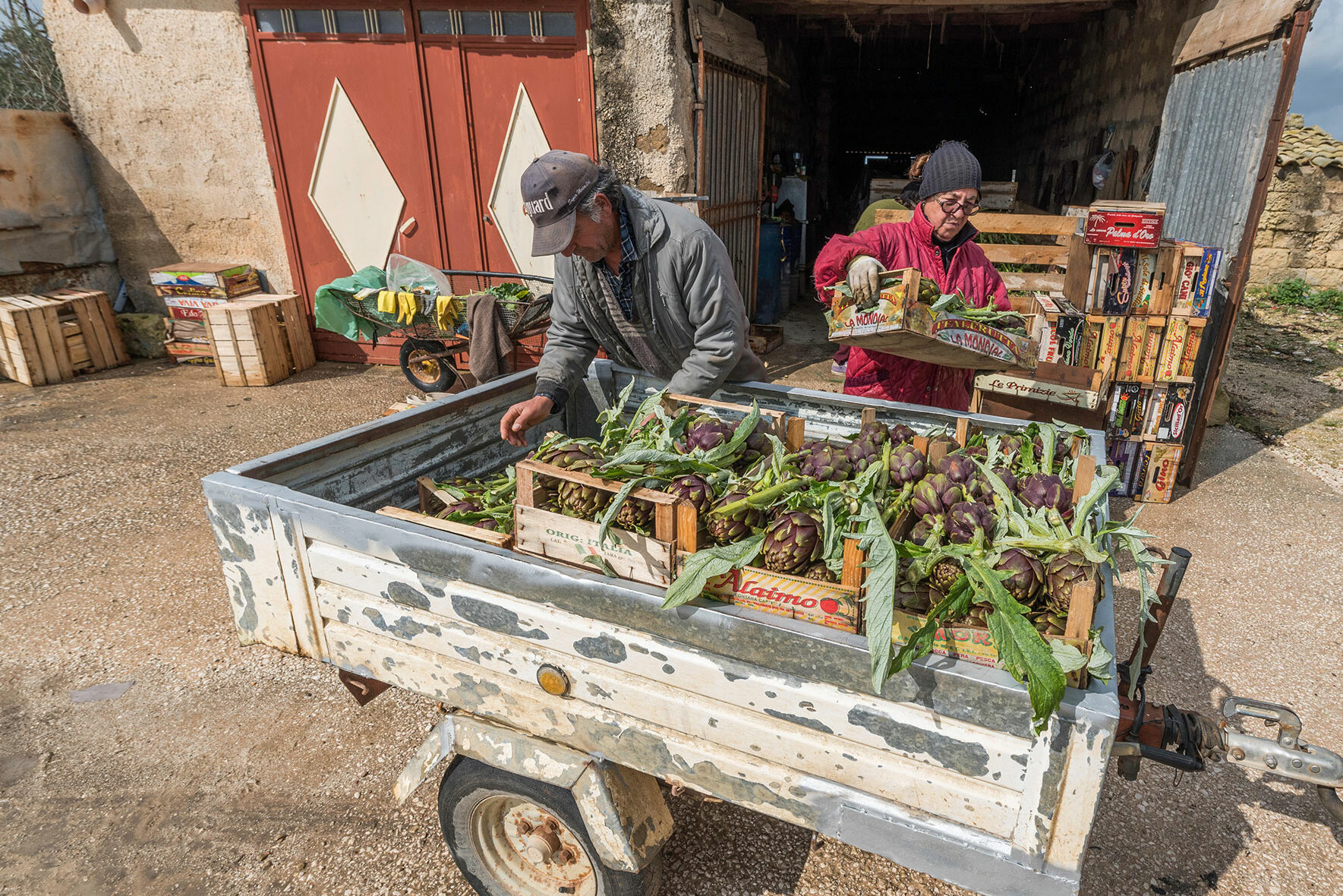Italians love cooking and eating: this is a truth as scientific as water boiling at 100C and gravity keeping us anchored to the earth. Each one of us has a favorite dish and a favorite recipe, and I am sure we all attempted to cook a meal for family and friends at least once in our lifetime. Some may have used family recipes scribbled in an old notebook, the same their mother had when they were small, its pages bearing witness to the many times those recipes were made — a splash of egg here, some flour there, pages crinkling when turned. My own grandmother used to write her recipes on paper squares she would then keep in a box on a shelf in the kitchen: when she passed away, my older brother took it and brought it to his place and I am still pretty angry at him for that, twenty years on, to be honest with you. I am the one cooking in the family!
One thing that always, always strikes when you read Italian-written recipes, especially those jotted down by expert family cooks, is their lingo, and the at-times unsettling and panic-inducing lack of accurate doses and directions. Far from being an “Italian-only” characteristic — I had to master the arts of persuasion and diplomacy to get a detailed, complete-with-doses version of an American friend’s recipe for sloppy Joes a couple of Christmases ago, and it wasn’t easy — it seems that the more one can cook, the least prone they are to divulge their recipes clearly.
Is it just me, or is it a common feeling?
But it’s not only the mysterious lack of accurate directions that strikes in Italian handwritten recipes: the expressions populating them can be baffling, too. Let’s start with one of the most common and, quite frankly, infuriating: quanto basta (or q.b. in short). Literally, it means “as much as needed,” but … how much is that? The English translation “to taste” makes more sense to me: you add, you taste, it’s good. No? Let’s add some more. “To taste” gives you freedom, it means it depends on you, but quanto basta is a different story: it implies there is, in fact, a right amount, one that is “sufficient” (basta) to make the recipe right, and you have to know it. Enough to give you a panic attack there and then, while you’re mixing your ingredients.
Un pizzico is just as vague an expression, but much more benevolent: it means a pinch and it’s much easier to quantify: we all pretty much know how much a pinch is and you can’t really stray from there. It’s as much as you can keep between your fingertips, it’s a small quantity. Even the words pizzico and pinch refer to something quick, fleeting, and small in size.
Poetic, but not that difficult to quantify is our un velo: on your morning toast, you add un velo (“a veil”) of jam and butter, and un velo of jam may also be enough on your crostata, if you add also custard or fruit to it.
Another interesting expression popular in some parts of Italy, especially in the North I believe, is un’ idea (“an idea”): in Piedmont we use it a lot and it is common in our dialect, too: in fact, I suspect it is this popular because it has dialectal origins. Just like un pizzico and un velo, un’idea equals a small quantity, perhaps even less that un pizzico. Proof of it is the fact we use it for spices and any other ingredient with a strong, distinctive flavor: un’idea of it means adding just enough to give the impression the flavor is there, but not quite enough for it to be distinctive or overpowering. By the way, isn’t that one of the most magical things about cooking? The way the tiniest amount of an ingredient can make such a big difference in a recipe, even when you don’t actually taste that ingredient at all?
But I digress.
Another cool one — that I find really fancy, in a “add it in a poem” kind of way — is a pioggia. Literally, it means like rain, but can be rendered in English with dusting, a dust and even sprinkling, depending on the context: we use it especially when adding powdery dry ingredients (flour and icing sugar, for instance) to wet ones, with the aim of avoiding clumps: when we add flour to eggs to make batter, we do it a pioggia (even if setacciare, to sieve, is also incredibly popular), and if we are making polenta, recipes usually advise to add the corn flour to the water a pioggia, too.
These are just a handful of expressions, but every region, village, family has its own, a sign not only of the wealth of our language but also of how poetic and artistic cooking in an Italian kitchen can be.
Gli italiani amano cucinare e mangiare: è una verità scientifica come l’acqua che bolle a 100°C e la gravità che ci tiene ancorati a terra. Ognuno di noi ha un piatto preferito e una ricetta preferita, e sono sicura che tutti abbiamo cercato di cucinare un pasto per la famiglia e gli amici almeno una volta nella vita. Alcuni potrebbero aver usato le ricette di famiglia scarabocchiate su un vecchio taccuino, lo stesso che la loro madre aveva quando erano piccoli, le cui pagine testimoniano le molte volte in cui quelle ricette sono state fatte – una spruzzata di uova qui, un po’ di farina là, pagine che scricchiolano quando vengono girate. Mia nonna scriveva le sue ricette su quadratini di carta che poi teneva in una scatola su uno scaffale in cucina: quando è morta, mio fratello maggiore l’ha presa e l’ha portata a casa sua e io sono ancora piuttosto arrabbiata con lui per questo, dopo vent’anni, se devo essere onesta con voi. Sono io che cucino in famiglia!
Una cosa che colpisce sempre, quando si leggono ricette scritte in italiano, soprattutto quelle annotate dagli esperti cuochi di famiglia, è il loro gergo, e la mancanza di dosi e indicazioni precise, a volte sconvolgente e che induce al panico. Lungi dall’essere una caratteristica “solo italiana” – ho dovuto padroneggiare l’arte della persuasione e della diplomazia per ottenere una versione dettagliata e completa, con le dosi, della ricetta di un amico americano per gli Sloppy Joe un paio di Natali fa, e non è stato facile – sembra che più si sappia cucinare, meno si sia inclini a divulgare le proprie ricette in modo chiaro.
L’ho notato solo io, o è una sensazione comune?
Ma non è solo la misteriosa mancanza di indicazioni precise che colpisce nelle ricette italiane scritte a mano: anche le espressioni che le popolano possono essere sconcertanti. Cominciamo con una delle più comuni e, francamente, esasperanti: quanto basta (o q.b. in breve). Letteralmente significa “quel che serve”, ma… quanto è? La traduzione inglese “to taste” mi sembra più sensata: si aggiunge, si assaggia, è buono. No? Aggiungiamone ancora un po’. “Assaggiare” dà libertà, significa che dipende da te, ma quanto basta è un’altra storia: implica che c’è, infatti, una quantità giusta, una quantità “sufficiente” (che basta) per fare la ricetta giusta, e tu devi saperlo. Basta per far venire un attacco di panico lì per lì, mentre si mescolano gli ingredienti.
Un pizzico è un’espressione altrettanto vaga, ma molto più benevola: significa un pizzico ed è molto più facile da quantificare: sappiamo tutti quanto sia un pizzico e non ci si può allontanare da lì. È quanto si può tenere tra le dita, è una piccola quantità. Anche la parola pizzico si riferisce a qualcosa di veloce, fugace e di piccole dimensioni.
Poetico, ma non così difficile da quantificare è il nostro un velo: al toast mattutino si aggiunge un velo di marmellata e burro, e un velo di marmellata può bastare anche sulla crostata, se vi si aggiunge anche la crema pasticcera o la frutta.
Un’altra interessante espressione popolare in alcune parti d’Italia, soprattutto al Nord credo, è un’ idea: in Piemonte la usiamo molto ed è comune anche nel nostro dialetto: sospetto infatti che sia così popolare perché ha origini dialettali. Come un pizzico e un velo, un’idea equivale a una piccola quantità, forse ancor meno di un pizzico. Prova ne è il fatto che lo usiamo per le spezie e qualsiasi altro ingrediente dal sapore forte e distintivo: un’idea significa aggiungere quel tanto che basta per dare l’impressione che il sapore ci sia, ma non abbastanza perché sia distintivo o prepotente. Dunque non è una delle cose più magiche della cucina? Il modo in cui la minima quantità di un ingrediente può fare una così grande differenza in una ricetta, anche quando non si assaggia affatto quell’ingrediente?
Ma sto divagando.
Un’altra bella espressione – che trovo molto fantasiosa – e del tipo “aggiungila in una poesia” – è a pioggia. Letteralmente, significa come la pioggia, ma può essere resa anche come una spolverata, e anche cospargere, a seconda del contesto: la usiamo soprattutto quando aggiungiamo ingredienti secchi in polvere (farina e zucchero a velo, per esempio) a quelli bagnati, con lo scopo di evitare grumi: quando aggiungiamo farina alle uova per fare la pastella, lo facciamo a pioggia (anche se setacciare è altrettanto popolare), e se facciamo la polenta, le ricette consigliano di solito di aggiungere la farina di mais all’acqua a pioggia.
Sono solo una manciata di espressioni, ma ogni regione, paese, famiglia ha la sua, segno non solo della ricchezza della nostra lingua, ma anche di quanto possa essere poetica e artistica l’arte della cucina in una cucina italiana.

































